Nintendo is one of the most successful gaming companies in the world, but behind its success lies a powerful legal team often referred to as the “strongest legal department” in the industry. Nintendo fiercely protects its intellectual property, including copyrights, trademarks, and patents. It does not hesitate to take legal action against anyone—whether individuals or corporations—who infringe upon its rights.
However, Nintendo’s legal actions are not merely about shutting down unauthorized content. In some cases, the company has taken legal steps to protect the gaming industry as a whole. In this article, we will explore Nintendo’s most famous legal battles and uncover the real reason behind its strict stance on intellectual property.
What is Nintendo’s Legal Department?
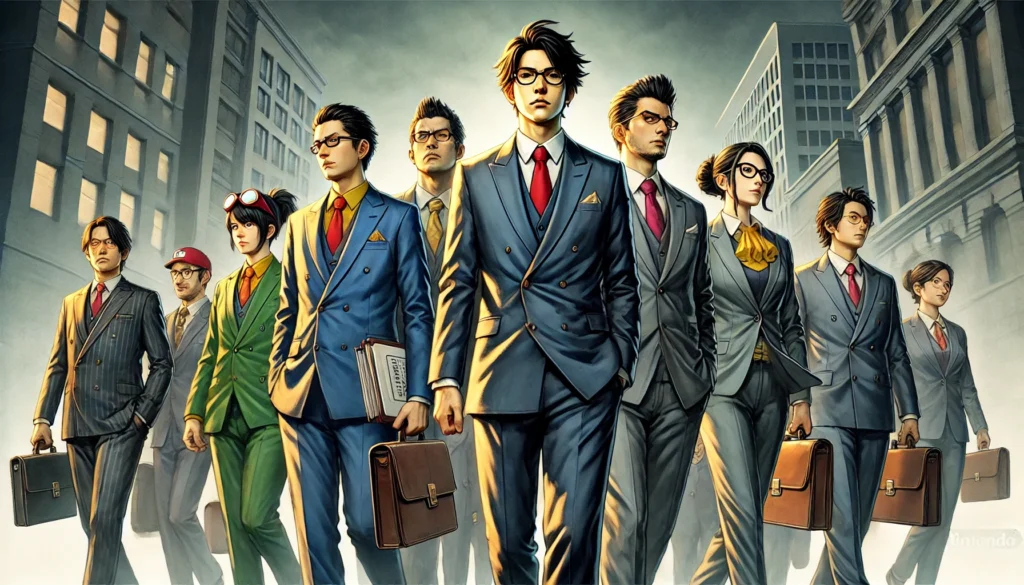
Nintendo’s legal team is responsible for protecting the company’s intellectual property. Their job is not just to crack down on copyright violations but also to ensure that the gaming industry continues to thrive in a fair and legal manner.
Compared to other gaming companies, which may be more lenient toward fan-made content or unofficial games, Nintendo is known for its strict enforcement of intellectual property rights. This is because the company firmly believes that protecting gaming culture means protecting the rights of creators. As a result, Nintendo does not hesitate to take legal action when it detects unauthorized copying, trademark misuse, or patent violations.
Let’s take a look at some of Nintendo’s most famous legal battles.
Nintendo’s Most Famous Legal Battles
1. The Kadabra Lawsuit (Yuri Geller vs. Nintendo)
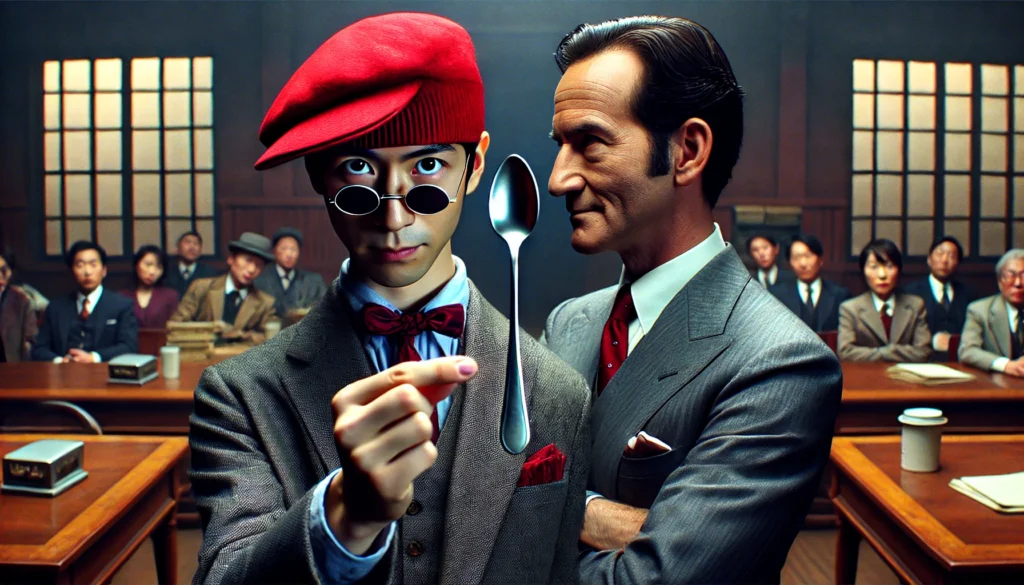
The Pokémon character “Kadabra” (ユンゲラー / Yungerer) has the ability to bend spoons with its psychic powers. Because of this, world-famous illusionist Uri Geller sued Nintendo in 2000, claiming that the character used his name and likeness without permission.
However, the court ruled that Kadabra was not specifically modeled after Geller, but rather based on a general stereotype of a psychic. As a result, Nintendo won the lawsuit. Years later, Geller admitted that he regretted the lawsuit and allowed Kadabra to return to the Pokémon Trading Card Game.
2. The Donkey Kong Lawsuit (Universal Studios vs. Nintendo)

In 1982, Universal City Studios sued Nintendo, arguing that the game Donkey Kong was an infringement of their movie King Kong.
However, the court determined that King Kong’s copyright had already entered the public domain, meaning Universal no longer had exclusive rights to the character. Nintendo won the lawsuit, marking a significant victory that helped the company establish itself in the American gaming market.
3. The Patent Dispute with Colopl
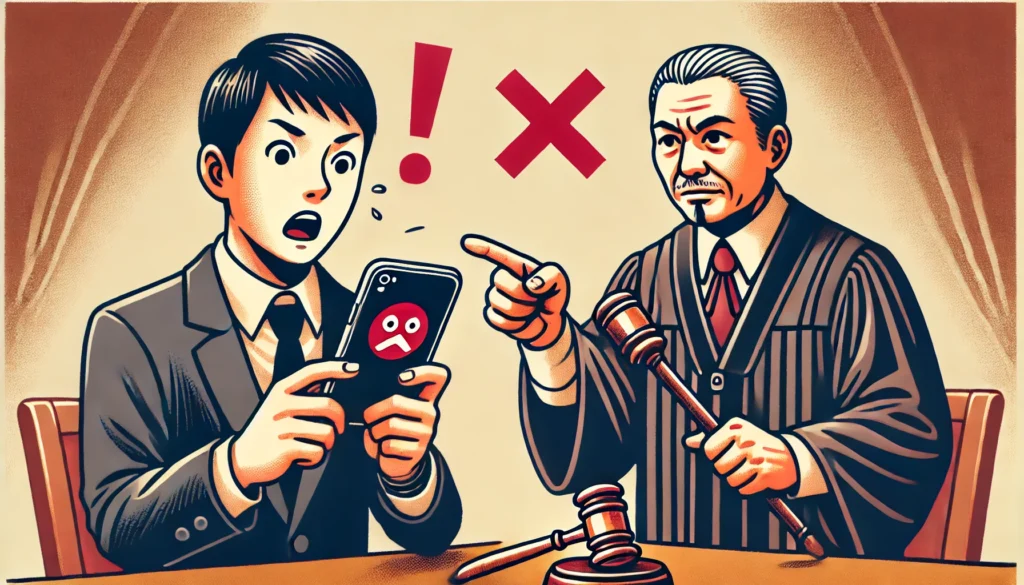
In 2018, Nintendo sued the Japanese mobile game company Colopl, claiming that its game Shironeko Project (White Cat Project) infringed upon Nintendo’s patents.
The main issue was a touchscreen control system that allowed characters to move freely, a feature Nintendo had patented years before. Colopl attempted to invalidate Nintendo’s patents and claim the technology as its own, leading to the lawsuit.
After a legal battle lasting over three years, Colopl agreed to pay Nintendo ¥3.3 billion (approximately $30 million USD) and licensed Nintendo’s patents as part of the settlement.
4. The “MariCar” Lawsuit
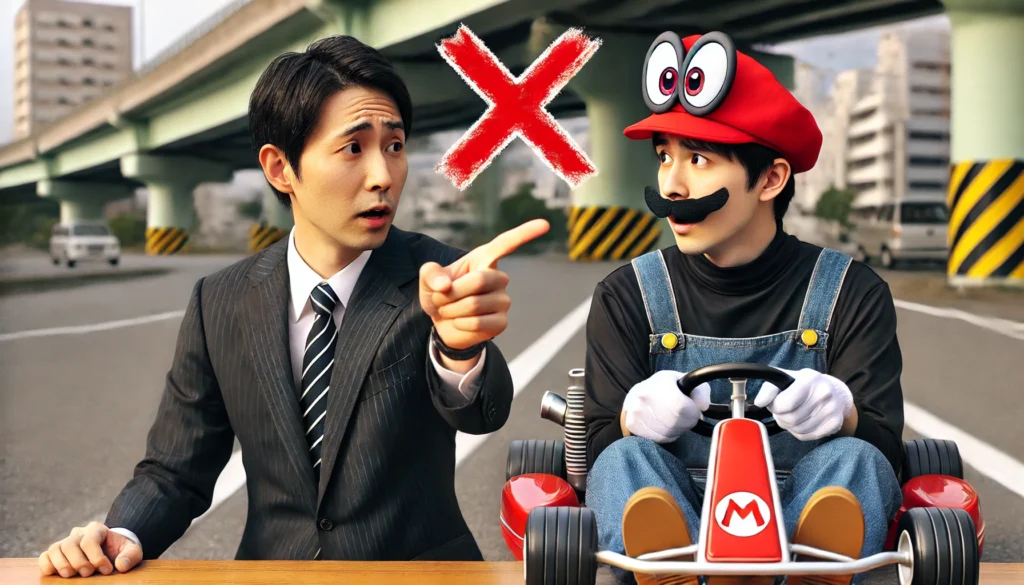
A Japanese company called MariCar (MARI Mobility Development) operated a go-kart rental service where tourists could drive around Tokyo while dressed as Mario characters.
However, since MariCar was using Nintendo’s intellectual property without permission, Nintendo sued the company for trademark infringement. As a result, Nintendo won the case, forcing MariCar to change its name and pay around ¥10 million (about $100,000 USD) in damages.
Is Nintendo Too Strict? Or Is It Protecting the Gaming Industry?
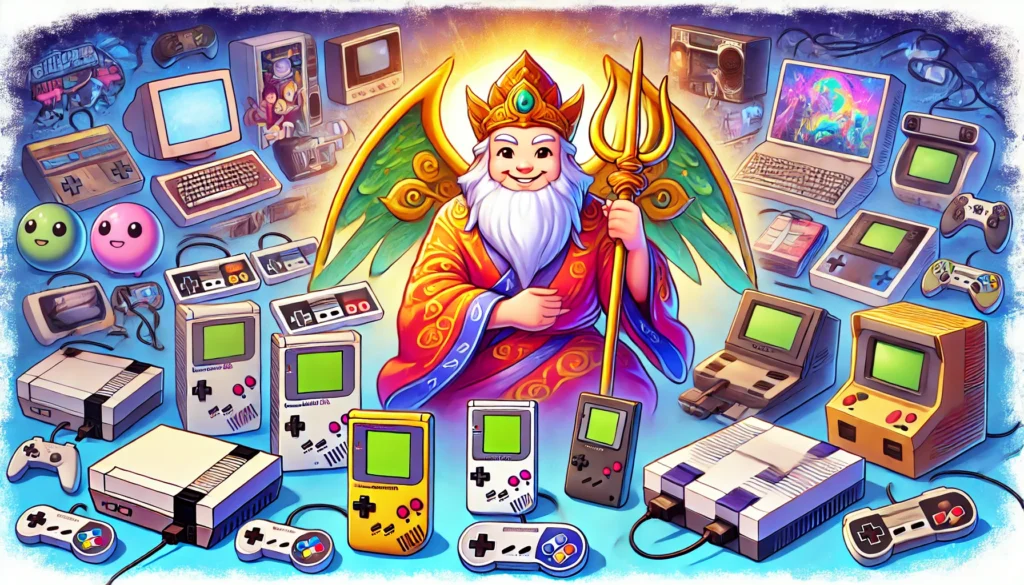
Some people believe that Nintendo is too aggressive in enforcing its intellectual property rights. However, the company is not simply trying to shut down fan content—it is protecting the gaming industry’s long-term future.
While Nintendo is strict about unauthorized content, it has also shown leniency toward creative efforts that contribute to the gaming world.
For example, in the past, Nintendo did not immediately crack down on fan-made games in Japan. This allowed many aspiring developers to learn game development through Nintendo-inspired projects, some of whom later became professional game designers.
One of the most famous examples is Toby Fox, the creator of Undertale. Before developing Undertale, Toby Fox was known for creating fan games based on Nintendo’s MOTHER (EarthBound) series. His experience working on these projects helped him develop the skills necessary to create his own original game, which went on to become a massive success.
Shigesato Itoi, the creator of MOTHER, is known to have spoken positively about fan projects, suggesting that Nintendo’s legacy indirectly contributed to the rise of a new generation of game developers.
Conclusion: Nintendo’s Legal Team Is Protecting More Than Just Its Business
Nintendo’s legal team is not just about protecting profits—it is about preserving gaming culture and ensuring that creators are fairly recognized for their work.
While Nintendo’s strict enforcement of intellectual property rights has led to legal battles, it is ultimately a strategy to maintain the integrity of the gaming industry. By taking action against patent violations and unauthorized commercial use, Nintendo helps create an environment where developers can innovate without fear of their ideas being stolen.
At the same time, the company has also allowed creative individuals to grow, indirectly contributing to the rise of indie developers like Toby Fox.
As the gaming industry continues to evolve, it will be interesting to see how Nintendo’s legal team adapts to new challenges. One thing is certain—Nintendo will always fight to protect what it believes is right.

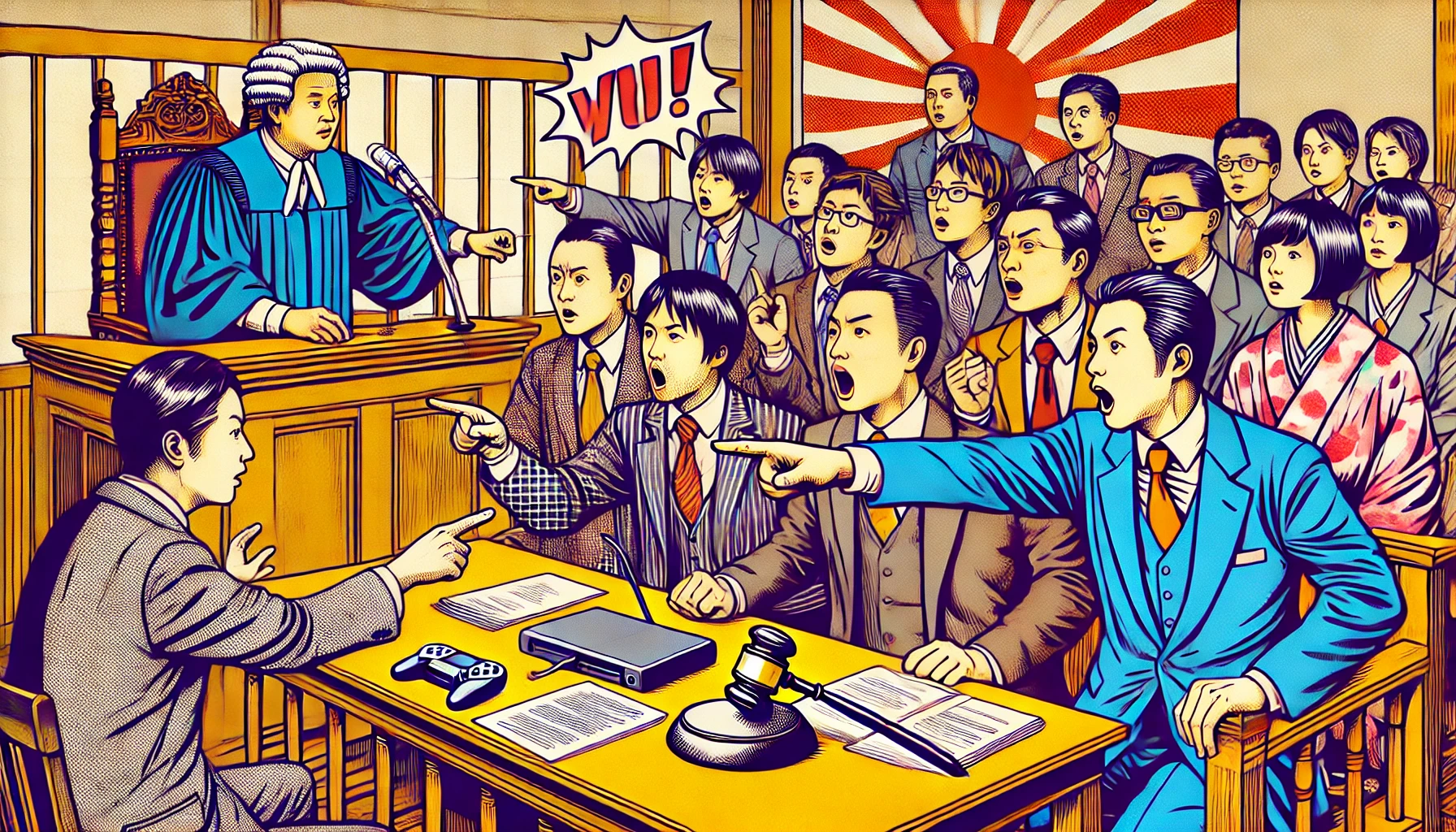



Comments